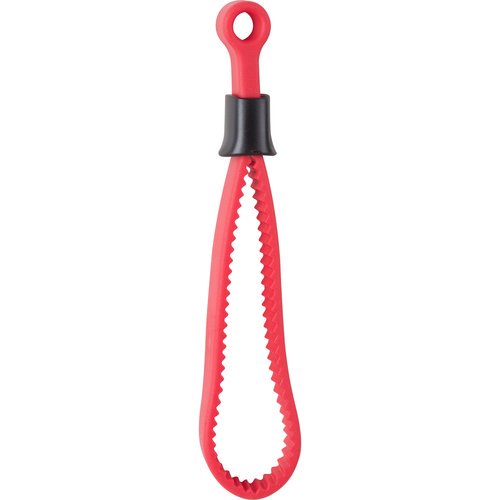ThatVideoKid
Well-Known Member
I just want to comment that the All-Rounder IS NOT an easier lid. It’s a large opening and a son of a b*tch to get open. I have to pry it with a screw driver every time.@Dgallo This is the question for me too… so you are opening the lid TWICE after fermentation to dry hop. This is a hang up for me on our small scale where O2 exposure matters more. And this is as you flow CO2 through the liquid side? Does that mean the co2 is bubbling and sloshing up the liquid as you drop the hops?
When I do this in kegs, the fussiness of the keg lid has always made this tough. I run co2 thru the gas post, which is so close to the lid I don't think it does a great job of keeping the Air out. Using this method I’ve had oxidation drop off by week 3-4 pretty consistently (with even one addition) where as keeping the system closed and doing the dry hop flushed by fermentation thing it’s stayed fresher longer. But I wonder if I’m giving up some initial pungency. Maybe an all rounder or a fermonster with an easier lid would be an upgrade from my 10g corney keg.
I’ve taken to just pulling the airlock and adding my hops with a funnel, but it’s not the fastest process.











































![Craft A Brew - Safale S-04 Dry Yeast - Fermentis - English Ale Dry Yeast - For English and American Ales and Hard Apple Ciders - Ingredients for Home Brewing - Beer Making Supplies - [1 Pack]](https://m.media-amazon.com/images/I/41fVGNh6JfL._SL500_.jpg)















